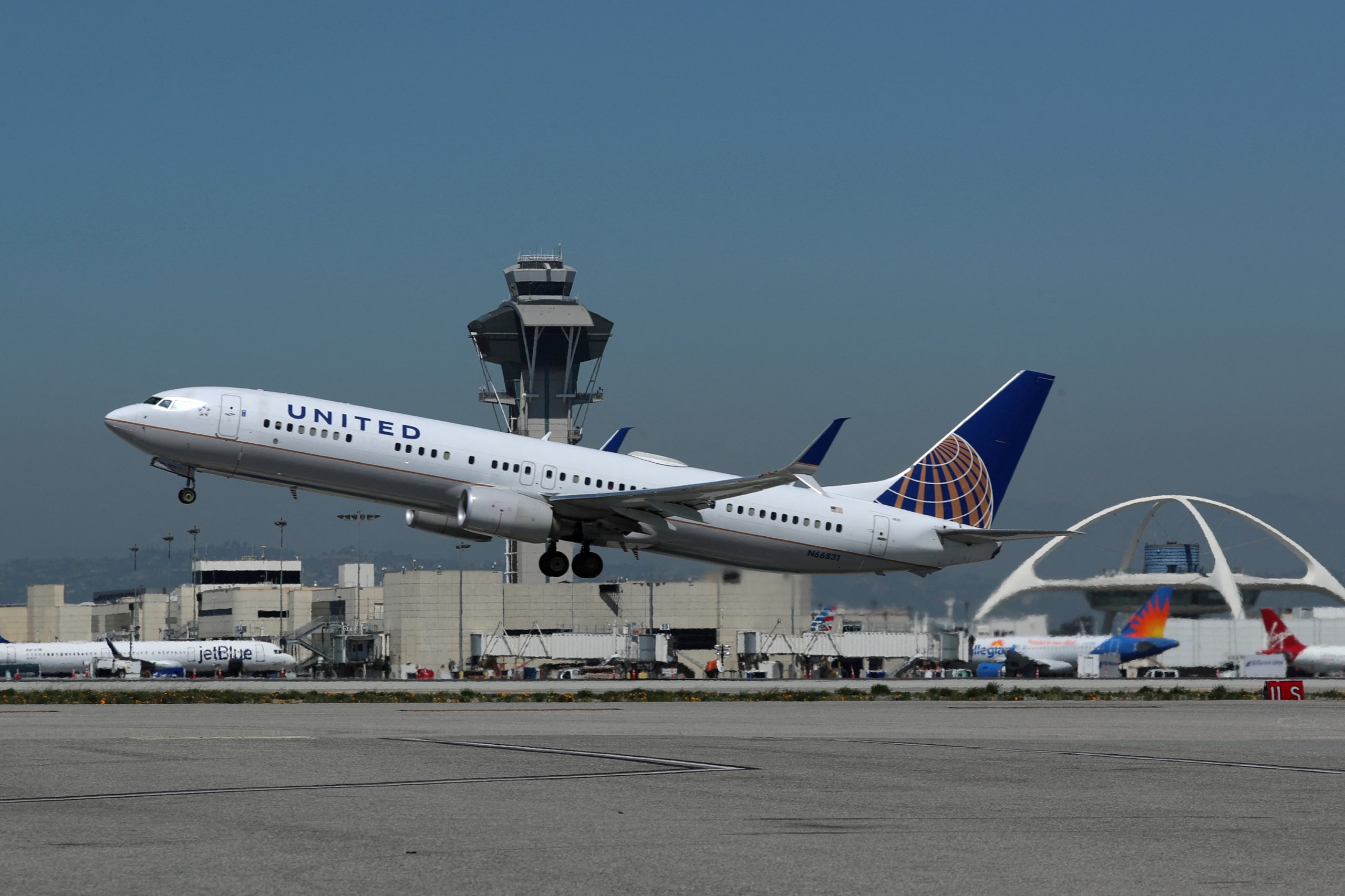Airlines and aircraft repair shops in North America are increasingly relying on used and generic parts to keep jets flying, a symptom of the rising costs and supply-chain shortages plaguing the aerospace industry.
These alternatives to new parts made by the original manufacturer must be certified and deemed safe. While they account for a fraction of the estimated $35 billion spent annually on components for repairs, sales are growing, analysts and executives say.
Driving demand is the struggle aerospace suppliers face to fill new orders as air traffic soars and the supply chain for aircraft parts recovers from the COVID-19 pandemic, when labor shortages and lockdowns slowed production.
Higher costs and a shortage of available new parts are also delaying aircraft repairs, which risk pushing up air fares.
That has spurred demand from airlines and repair shops for alternatives that cost roughly 20% to 40% less than new parts, analysts and executives said. Some makers of brand-name parts like General Electric Co (GE.N) stand to benefit because they also sell used parts, known as used serviceable material.
Some planemakers are also benefitting. Business jet maker Bombardier Inc (BBDb.TO) uses a teardown venture to gain parts for its growing “aftermarket” business that provides maintenance and repairs for planes.
The venture has helped the company source parts for older aircraft models that are harder to find in the current market, or are no longer being produced, a spokesman said.
American Airlines (AAL.O), meanwhile, says it has helped develop certified parts that were not made by the original manufacturer to mitigate “increased costs and other supply chain constraints.”
Companies spent $35 billion in 2019 on materials for aviation repairs and overhauls, including $5 billion on used parts and $725 million on generic components, aerospace specialist Naveo Consultancy estimates.
It declined to disclose figures for the following years, but analysts at Naveo and others say demand for alternatives to new parts is rising.
Honeywell Aerospace Trading (HON.O), the U.S. conglomerate’s used parts business, is among companies enjoying higher demand since 2021. It expects demand to continue through at least the first half of 2024 as the supply chain recovers, said Heath Patrick, president for the Americas aftermarket segment at Honeywell Aerospace.
The market for new generic parts with a Parts Manufacturer Approval stamp from the U.S. Federal Aviation Administration (FAA) may be small – representing just 2% to 3% of spending on materials – but growth is outstripping overall market trends, said Adam Guthorn, managing director at aerospace consultancy Alton.
HEICO Corp (HEI.N), a major independent supplier of new FAA-approved parts not made by the original manufacturer, expects demand to continue even after supply bottlenecks improve, vice president Patrick Markham said.
“Growth will be stronger than pre-pandemic” in the next few years, he said. HEICO’s profit in its latest fiscal year ending Oct. 31 rose 16% to a record $351.7 million, helped by booming sales of parts with the PMA stamp.
Companies like GE could lose some demand to such independent companies producing certified components that perform the same fit and function, as they can be cheaper and easier to procure in the current environment, said Abdol Moabery, CEO of Florida-based GA Telesis, which repairs and overhauls jet engines.
GE, in response, says it provides customers with used material that can “significantly lower shop visit costs.”
The market for certified used and generic parts has its limits. For example, parts makers face the same labor shortages that have hit all companies, analysts said.
Bigger players like GE could also simply make life tougher for companies like HEICO by cutting prices if they found the smaller firms gaining too much market share, said HEICO’s Markham.
TEARING DOWN PLANES
The increase in price for parts is expected to moderate this year after rising between high single-digits and low-double-digits in 2022, even though costs remain above pre-COVID-19 levels, said Alex Youngs, an executive with private equity firm Carlyle Group’s repair unit StandardAero.
Companies are trying to find parts any way they can, driving demand to “teardown” aging planes.
Bombardier, whose teardown business is a slice of its higher-margin aftermarket segment, says it has taken critical parts like engines from 11 older, customer-owned business jets torn down through a previously unreported 2018 agreement.
The teardown business, which helped generate parts for planes temporarily grounded due to supply constraints during the COVID-19 pandemic, contributes to Bombardier’s aftermarket revenue target of $2 billion by 2025, up from $1.5 billion in 2022.
To meet demand from private planes, Chicago-based Jet Support Services Inc. (JSSI), an independent provider of maintenance support and financial services, says it is buying more aircraft to tear down for parts.
JSSI, which has maintenance tracking software on over 3,500 aircraft, said 60% of parts on those planes were new in 2022, down from 67% in 2019.
Costs are not the only issue. Moabery has seen time to turn around certain repair orders roughly double because it takes longer to get back repaired components from large suppliers.
“We used to turn an engine in under 60 days,” he said. “We’d be lucky to deliver an engine in under 100 days today.”
In addition, the supply pool from old aircraft is finite. Only about 428 air transport aircraft globally were recognized as retired in 2022, the lowest level since 2007, according to Naveo. GE expects 400 to 500 aircraft retirements in 2025.
Ultimately, the alternatives to new parts may bring relief but a congested supply chain must be fixed, said Benjamin Hockenberg, president of JSSI Parts & Leasing.
“Certain models, certain situations, (used parts) will fill the void, but I think we also need to see a repaired supply chain,” said Hockenberg.
Airlines, repair shops in North America rely onused, generic parts to keep aircraft flying




